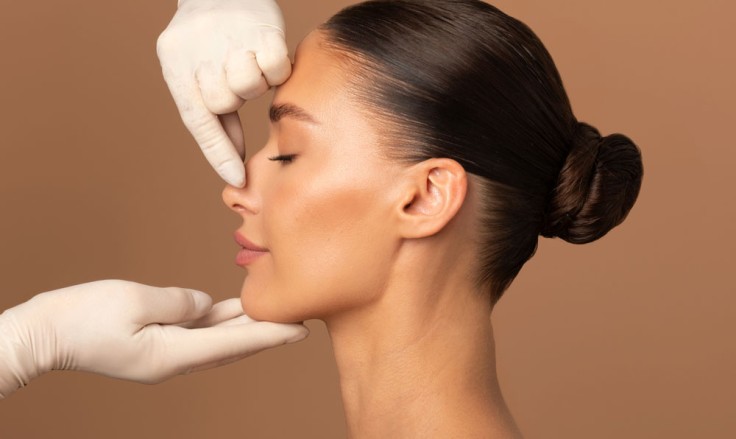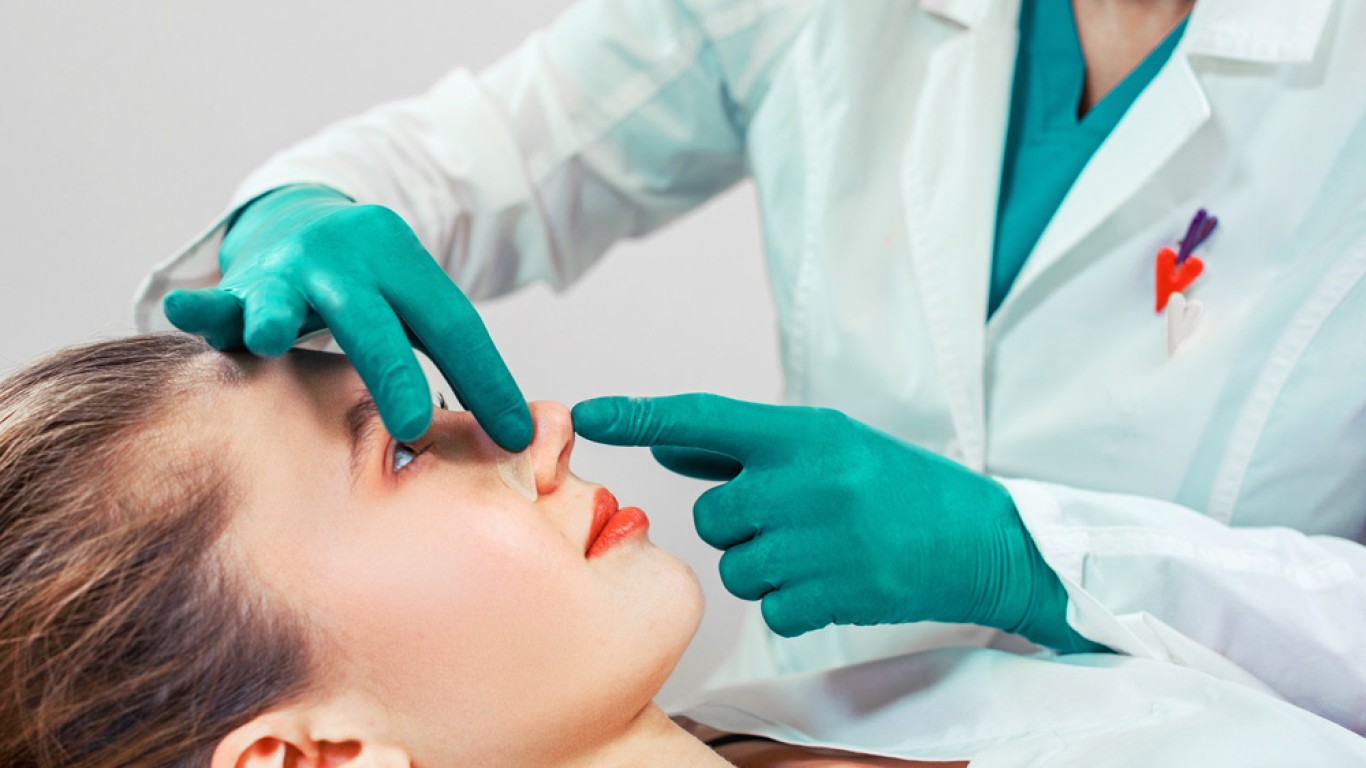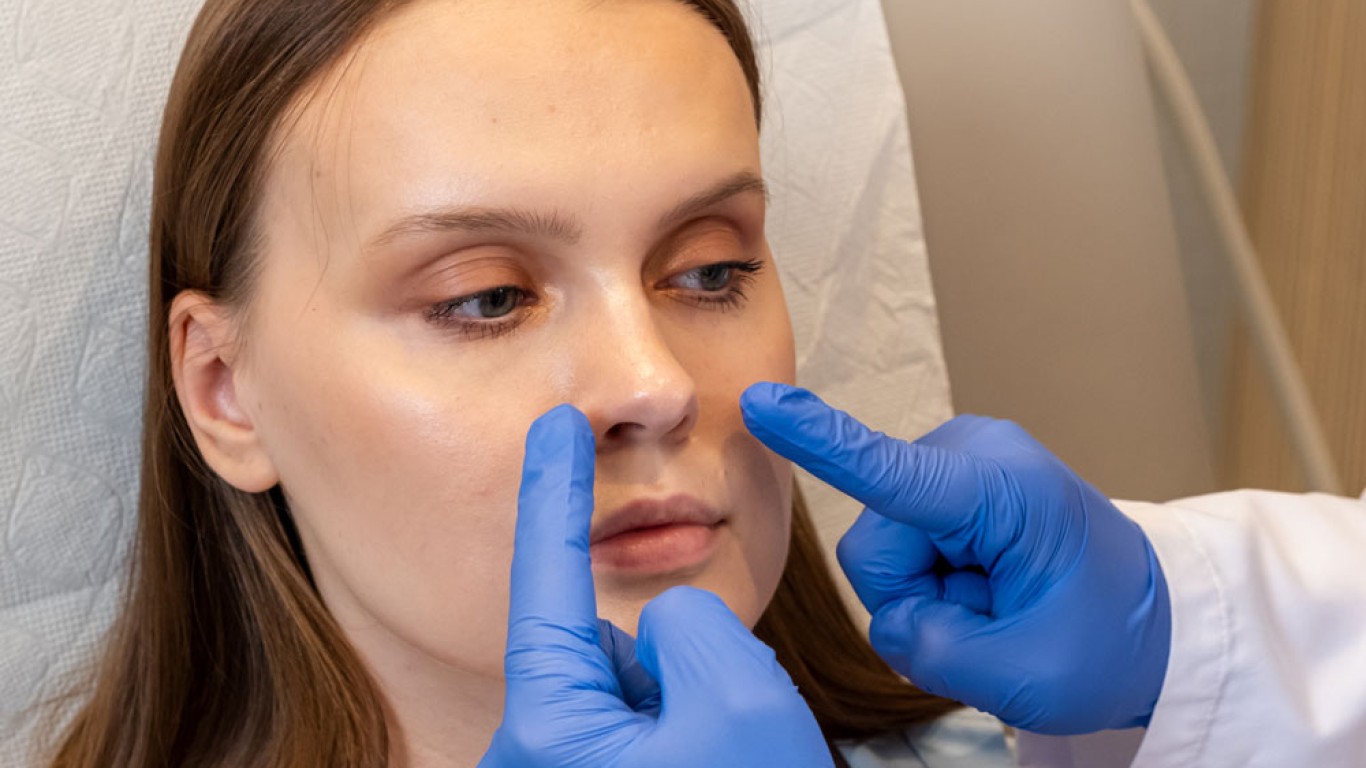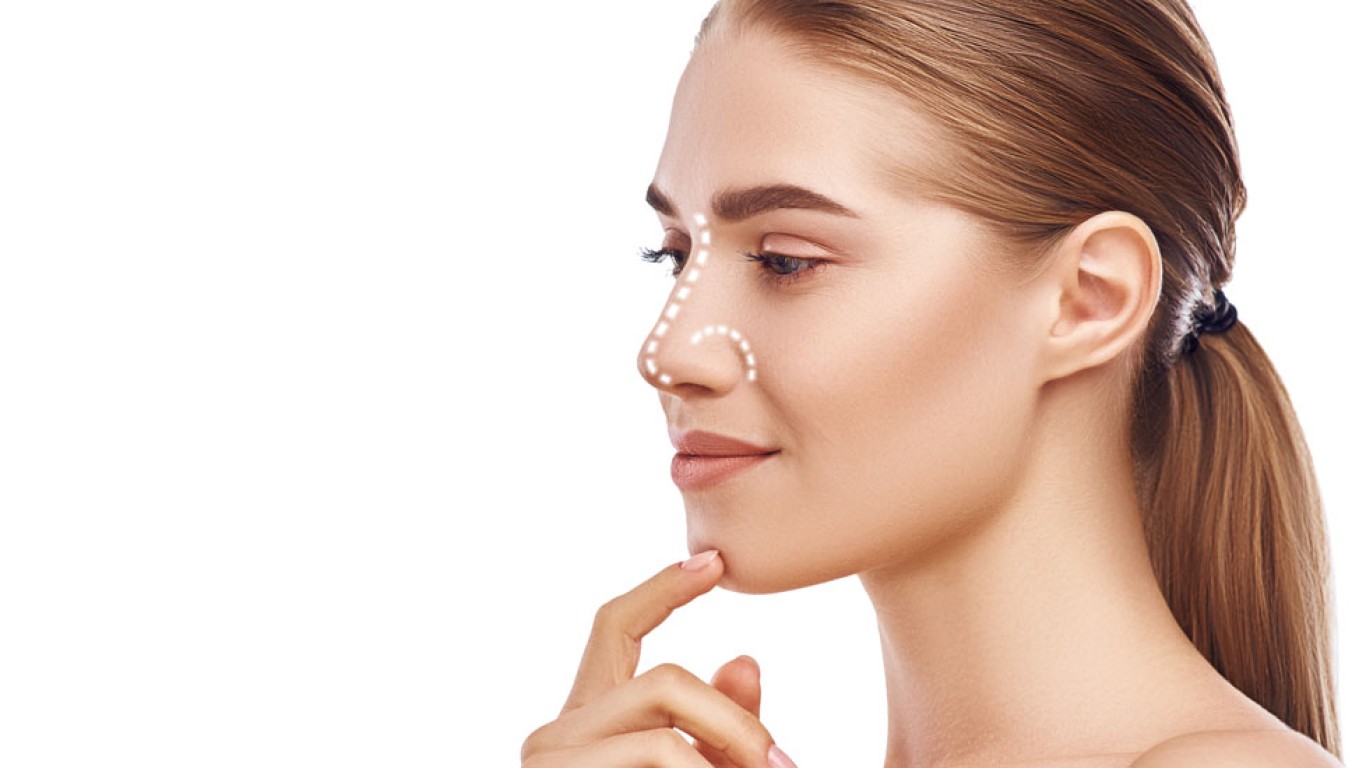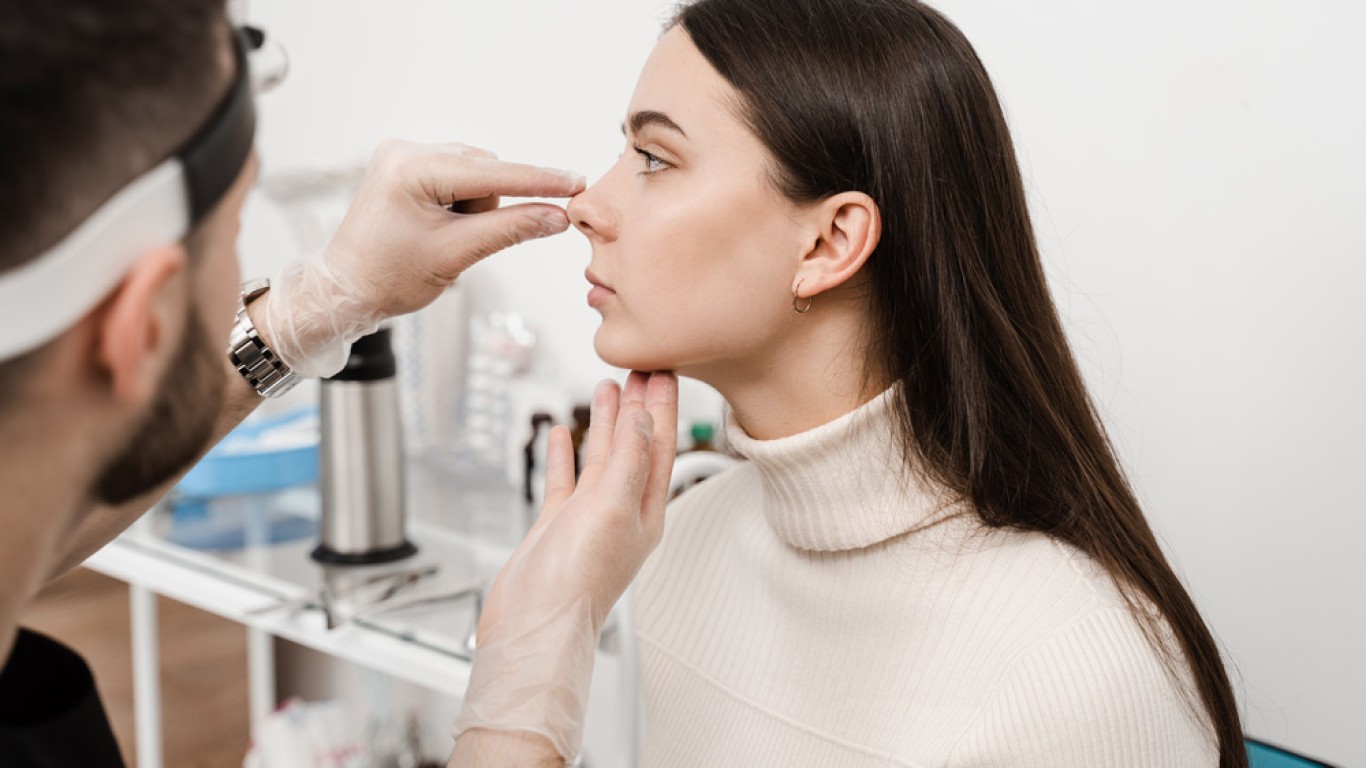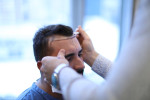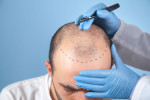Introduction
Asian rhinoplasty is designed to refine the nose while maintaining natural ethnic features. It’s not about creating a Westernised appearance. Instead, it enhances balance and harmony in a way that complements Asian facial structure. With tailored techniques and a skilled approach, this procedure offers results that look natural and boost confidence.
What Sets Asian Rhinoplasty Apart?
Unlike traditional rhinoplasty, Asian rhinoplasty requires specialised knowledge of nasal anatomy. Asian noses typically have softer cartilage, thicker skin, and a lower bridge. These features influence surgical planning and technique. Surgeons use different strategies to provide structure and support, rather than simply reducing size. This preserves ethnicity while creating a more refined profile.
Why Patients Choose Asian Rhinoplasty
Many patients seek Asian rhinoplasty to define their nasal bridge or refine the nasal tip. Others want better nostril symmetry or improved breathing. However, they also want to maintain their unique features. This procedure enhances without changing identity. That’s why it appeals to those who want subtle improvement rather than dramatic alteration.
Types of Techniques Used in Asian Rhinoplasty
Asian rhinoplasty often involves bridge augmentation. Surgeons may use implants or cartilage grafts to raise the nasal bridge. Silicone and Gore-Tex implants are popular synthetic choices. For natural options, cartilage from the septum, ear, or rib may be used. Tip refinement requires strong support structures. Tip grafts and sutures improve definition without thinning the skin. Alar base reduction is also common. This reduces wide nostrils for a more balanced shape.
Augmentation vs. Reduction in Asian Rhinoplasty
Most Asian rhinoplasty procedures focus on augmentation, not reduction. This contrasts with traditional rhinoplasty, which often reduces nasal size. Instead of removing tissue, surgeons build structure and shape. The aim is to elevate the bridge, refine the tip, and narrow the base. This gives the nose a more elegant look without compromising ethnic traits.
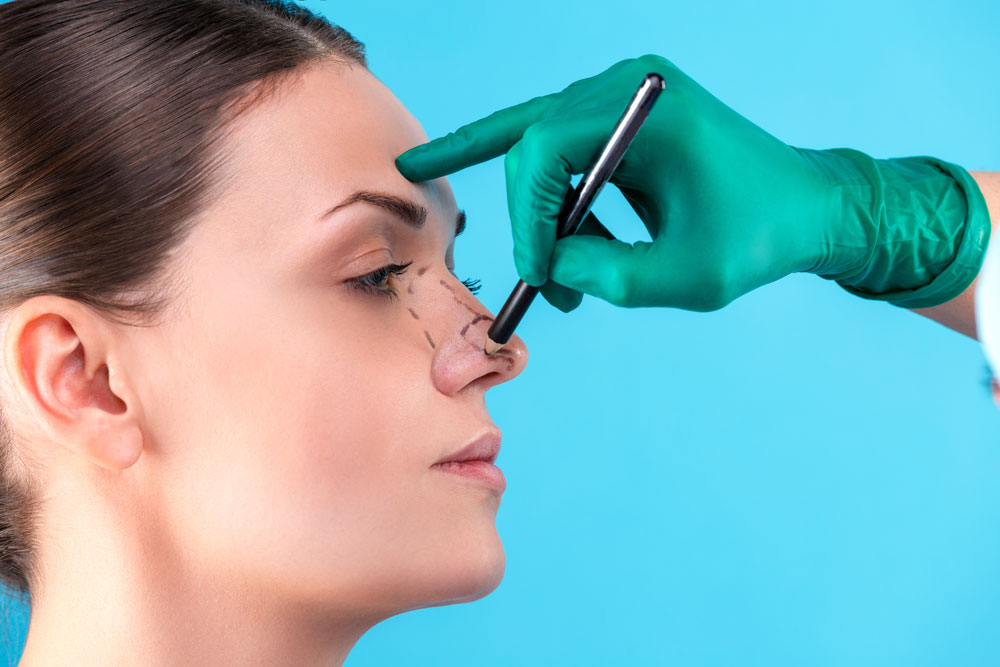
Bridge Augmentation: Building a Natural Profile
A low nasal bridge is common in many Asian patients. Bridge augmentation can subtly enhance the profile. Synthetic implants offer predictable shape and stability. Cartilage grafts provide a more natural feel and lower risk of complications. Either approach can create a smooth, attractive slope that fits the face. The final result is a nose that appears lifted but still natural.
Asian Rhinoplasty: Tip Projection and Definition
A rounded or flat nasal tip is another common feature. Asian rhinoplasty uses tip grafts to provide height and structure. Surgeons may reshape the cartilage using stitches or grafts for definition. These adjustments are delicate and precise. The aim is to create a refined tip without sharp angles. Thicker skin is also considered, as it can mask fine details. Techniques are chosen accordingly.
Asian Rhinoplasty: Alar Base Reduction
Wide nostrils can be gently narrowed using alar base reduction. This involves small incisions at the base of the nostrils. A wedge of tissue may be removed to reduce width and flare. The result is a more proportionate nose that complements other features. Scars are hidden in natural creases and fade with time. This step often completes the overall aesthetic balance.
Asian Rhinoplasty: Open vs. Closed Techniques
Both open and closed rhinoplasty methods are used. Open rhinoplasty involves a small incision between the nostrils. It gives better visibility and access, ideal for complex grafting. Closed rhinoplasty hides all incisions inside the nose, with less swelling and faster healing. Surgeons choose the method based on the goals and anatomy of each patient.
Conclusion
Asian rhinoplasty provides tailored improvements that enhance your natural beauty. It focuses on creating balance while respecting ethnic identity. With the right techniques and expert care, results can be subtle yet impactful. Whether you're aiming to lift the bridge, refine the tip, or narrow the nostrils, this procedure offers solutions that feel authentic.
For more information and to book a consultation visit the ACIBADEM Beauty Center Rhinoplasty page.
Frequently Asked Questions
No. It can also improve breathing, nasal function, or correct previous surgery results.
Yes. The procedure is designed to preserve ethnic features while improving structure and harmony.
Most patients resume light activity in 10 days. Full healing can take several months.
Both have benefits. Your surgeon will recommend the best option based on your goals.
Revision is possible but should be done carefully. Choosing the right surgeon first is crucial.
